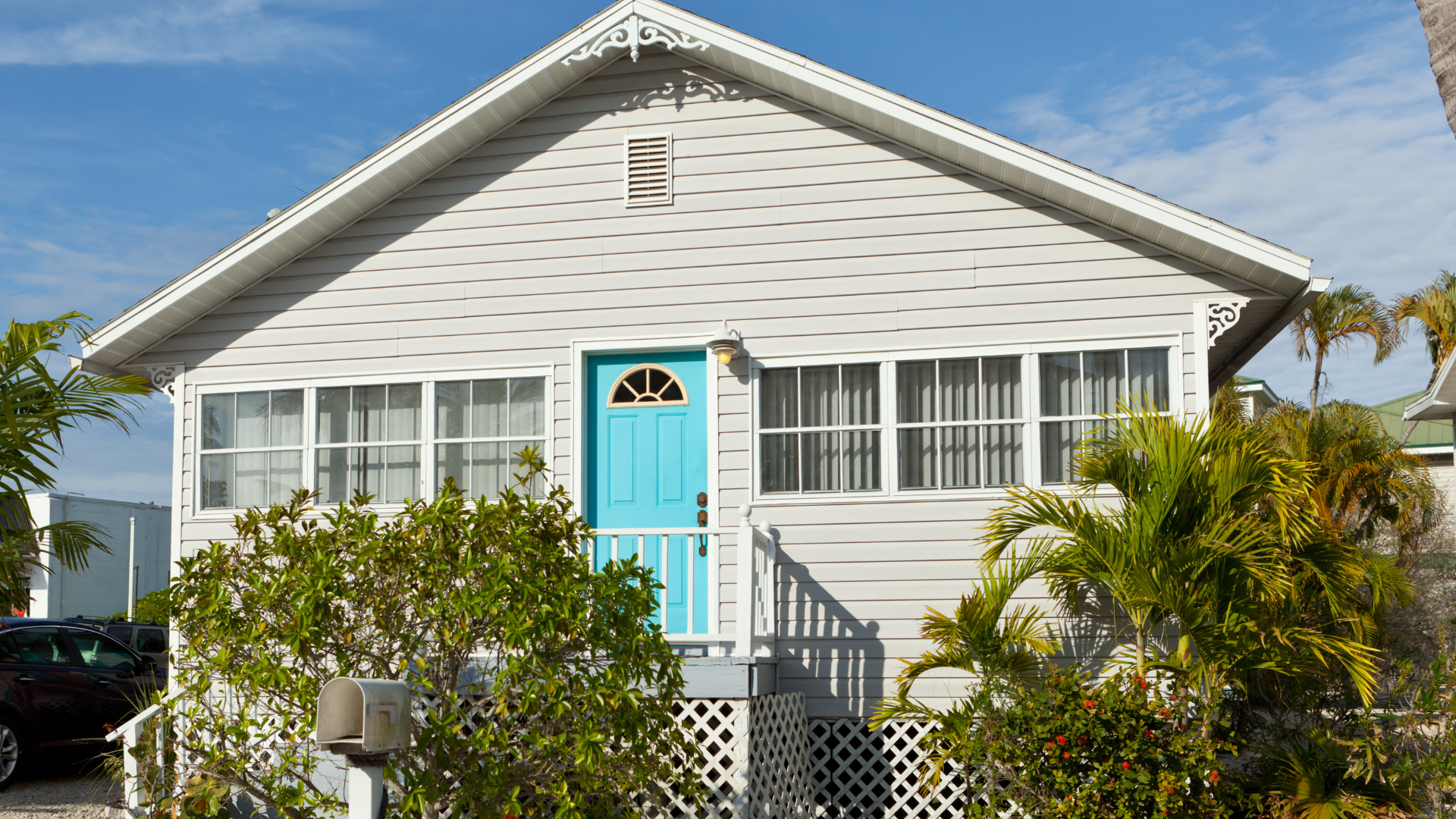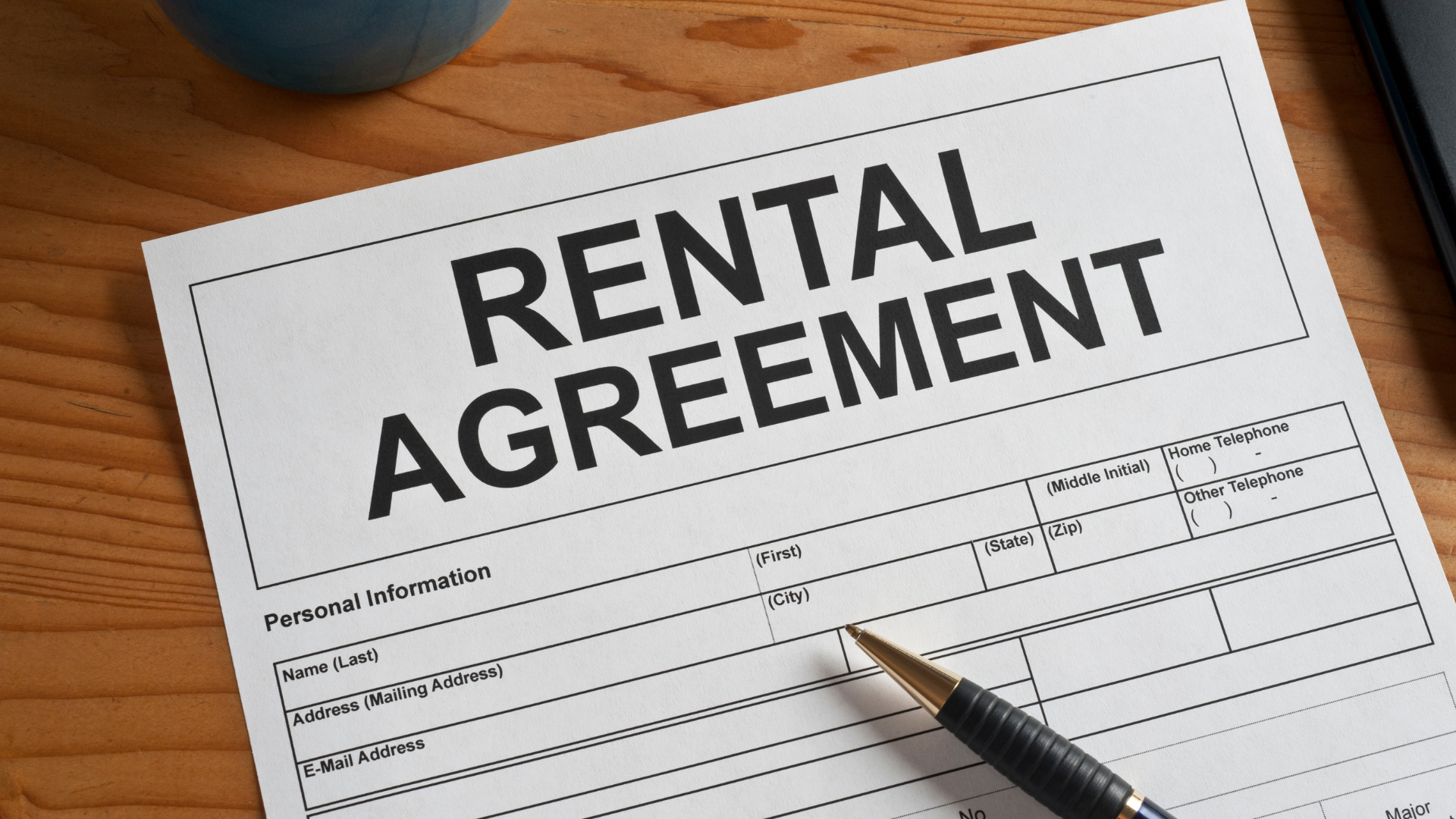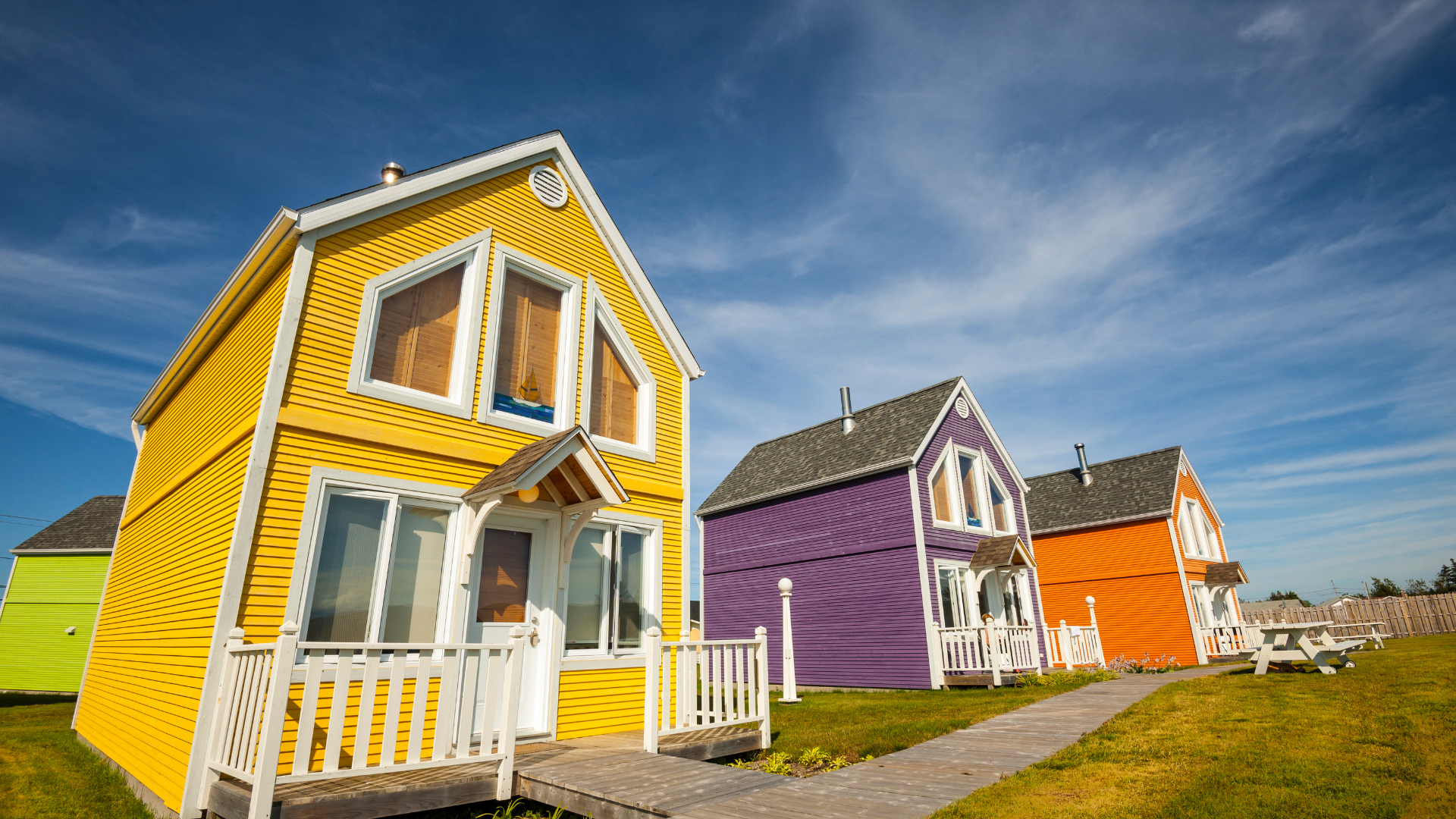Australia is facing one of the most devastating housing affordability crisis in recent years, with rental prices skyrocketing across the country.
This has had a particularly negative effect on elderly people who live in private rentals, as this demographic mainly relies on limited savings, pensions, and other government benefits to fund their living arrangements.
With annual increases in rental outstripping many of the government benefits offered to seniors, a lot of seniors face housing insecurity. A notice of eviction is all it takes for them to spiral into a world of trouble.
With the impending problems a senior living alone can face, the time for a systemic solution to address the national housing crisis can’t be any more urgent.
In this article, you’ll learn more about the current rental prices of housing in the states across Australia and compare that with the financial capabilities of the average Australian senior citizen.
Furthermore, we’ll look into how senior-aged individuals can curb this inflationary blow through both government schemes and practical approaches.
Why Are Rental Costs Rising?

There’s a rapid slowdown in the construction space to build new houses. Contrarily, there’s an uptick in demand for houses by citizens, which would naturally brinfg up the prices of rentals.
In fact, the national vacancy rate of Australia in 2023 sits below 1%. Most investors find that metropolitan cities with a vacancy rate between 2% to 4% are considered ideal, so having a percentage below that is not a healthy sign.
Furthermore, the return of overseas students and the increase in hybrid setups have led to new, potentially higher-paid citizens relocating and outbidding locals for rental space.
Another contributing factor is that more homeowners and landlords are looking to refinance their property for better rates, which can stiffen the competition all the more. Learn more about what is involved in the refinancing process.
Overall, the increase in housing competition and a lack of movement in the construction industry have forced rental prices to rise.
Then, one may ask, by how much are prices rising?
Percent Change in Rental Prices in Australia

In 2023, the annual percentage increase of rental prices in Australia has risen dramatically due to the ongoing housing shortage.
Here is some key information regarding the percent change in the rental price in key states around Australia, as well as the median price as of Q2 2023.
- Western Australia: 47% increase; current median: $375
- Southern Australia: 43% increase; current median: $340
- New South Wales: 37% increase; current median: $910
- Victoria: 40% increase; current median: $340
- Queensland: 41% increase; current median: $460
While housing prices have historically appreciated throughout the years, the rate at which they’re booming now outpaces historical trajectories.
Can Elderly Individuals Afford Housing?

According to a 2022 study published in Forbes, an aged couple living on age pension plans had enough purchasing power to rent less than 1.4% of advertised private living spaces.
This means that a senior couple would not be able to afford a vast majority of rental properties on their own. They’ll have to access financial assistance from either the government or family members.
The monthly dues these individuals have to pay may also lead them to poverty. Elderly tenants also spend 30% of their pension money on rent, whereas homeowners spend a meagre 5% per month on house expenses.
However, the majority of the financial schemes in Australia are designed with homeowners in mind, not renters.
As such, it’s not uncommon for elderly renters to experience financial struggle and poverty with the current age pension system in Australia. Simply put, the money is not enough to allow seniors to live comfortably or move out of their current housing.
Both sides can have dire consequences. A notice of eviction is an ever-looming threat. Furthermore, if the current house has underlying safety risks—which can be amplified by the physical and mental decline seniors may eventually undergo over time—the elderly couple would not have the means to move out or have the house renovated.
Moreover, if the current housing is too far away from where their medical facilities are, or if the senior will wound up in an unreliable residential aged care housing system, seniors can be isolated from their social and medical support systems.
The good news? There are ways for seniors to get assistance for their rental woes.
3 Ways Seniors Can Navigate The Housing Crisis

There are several plans and schemes designed to help seniors alleviate the stress that comes with high housing costs.
These included the following:
1. Access Government Grants
There are many government grants like financial hardship assistance that eligible seniors can avail of to lessen financial hardships.
You’ll need to apply for this form of assistance to start. Once Services Australia assesses and approves your application, they can help you pay off normal day-to-day living costs.
The amount they’ll pay will vary on a case-by-case basis, so you may need to contact them directly to find out more.
Besides the aforementioned grant, there are many other forms of financial aid eligible elderly individuals can get. These include:
- Aged Pension
- Home Equity Access Scheme
- Disability Support Pension
Requirements will vary across each scheme, so be sure to contact the relevant party to determine your eligibility.
2. Aged Care Facilities
While the aged care system is expensive on its own, the government is proactive in ensuring that all seniors get housed.
And while many seniors prefer living at home, the housing security of residential care facilities is present and provides a way for seniors to live with a roof over their heads. This also includes benefits such as improved access to facilities and senior friendly physical activities.
In fact, last 2021, the Australian government spent $23.6 billion on aged care. This goes to show that the government isn’t turning a blind eye to the crisis.
3. Downsize Your Place
Another practical but physically taxing approach is to downsize your current space. As you grow older, you’ll need less of the space you live in. Downsizing can help you mitigate the cost of owning more than you need.
That said, you’ll have to be proactive in finding good rental deals. But once you’ve secured a possible spot, you can save more money in the long run with cheaper rates. Just be sure to request family or a trusted removalist company to help you relocate.


